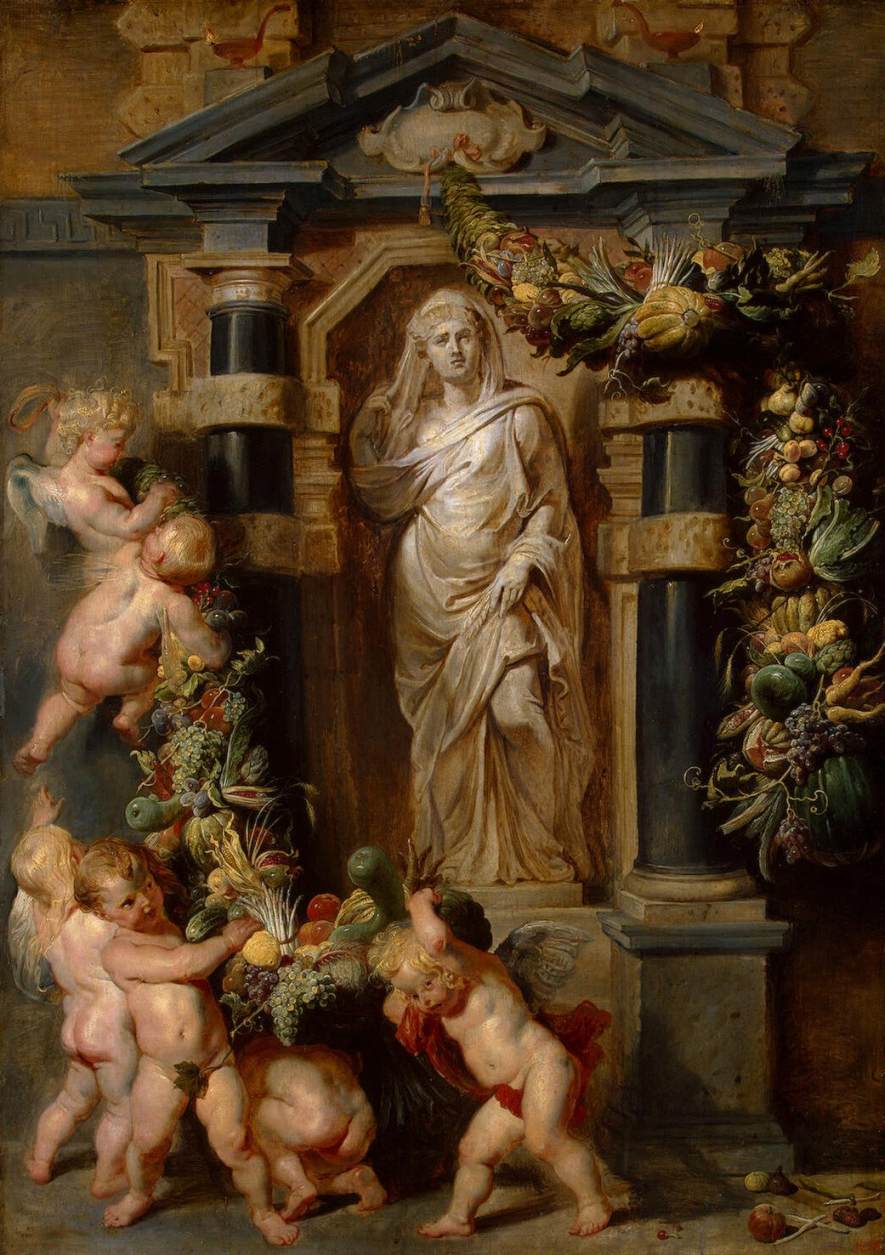Description
The painting The Statue of Ceres by Peter Paul Rubens is a work that stands out for its baroque artistic style, which is characterized by exuberance and drama in shapes and colors. The composition of the work is very interesting, since it deals with a female figure (Ceres, goddess of agriculture) who is in a very dynamic position, with her left arm raised and her hand holding a torch.
The coloring of the painting is very striking, with a range of warm tones ranging from oranges to reds and golds. The figure of Ceres is dressed in a white tunic that contrasts with her brown skin, giving her an air of sensuality and exoticism.
The history of the painting is interesting, as it was commissioned by Cardinal Francesco Barberini in the 17th century to decorate his palace in Rome. It is believed that the work was inspired by a statue of Ceres found in the palace garden, and that Rubens painted it to look like a realistic sculpture.
One of the little known aspects of this painting is that Rubens used a mixed technique to create it, combining oil and tempera on a wooden board. This allowed him to achieve a very rich and detailed texture on the surface of the work, making it even more impressive.
In short, The Statue of Ceres is a work that stands out for its baroque style, its dynamic composition, its striking colors and its mixed technique. It is a sample of the talent and creativity of one of the most important artists in the history of art.

